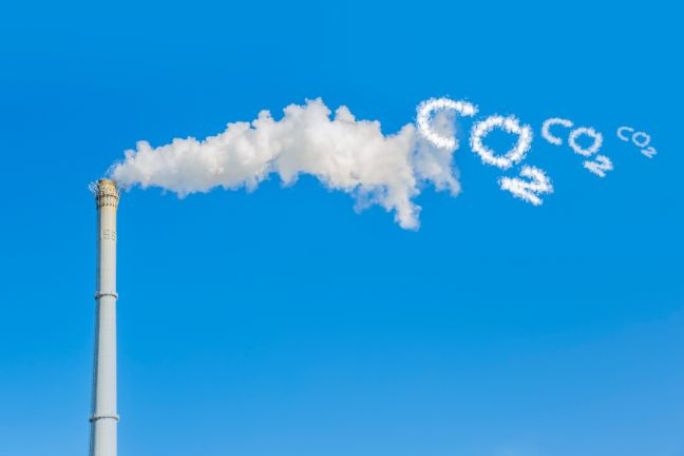Lesson summary
What can we do about all this carbon dioxide? Students will investigate sources of carbon dioxide emission, review methods of carbon capture, and begin to explore options for reducing the amount of carbon dioxide entering the atmosphere.
Learning intentions:
Students will...
- explore sources of carbon dioxide emissions and methods of carbon capture and begin to think about ways to reduce carbon dioxide emissions.
Success criteria:
Students can...
- identify reversible and irreversible changes in state
- discuss and explain different methods of capturing carbon from the atmosphere
Lesson guides and printables
Curriculum links
Select your curriculum from the options below.
Lesson details
Skills
This lesson is designed to build students’ competencies in the following skills:
- analysing
- inquiring
- reflection
Curriculum Mapping
Australian Curriculum (v9.0) content description: Year 6 Science
- compare reversible changes, including dissolving and changes of state, and irreversible changes, including cooking and rusting that produce new substances AC9S6U04
Relevant parts of Year 6 Science achievement standards:
Students classify and compare reversible and irreversible changes to substances. They explain why science is often collaborative.
Syllabus outcomes: SC4-17CW
General capabilities: Critical and Creative Thinking
Cross-curriculum priority: Sustainability
UN Sustainable Development Goals
UNSDG 12: Ensure sustainable consumption and production patterns
- Target 12.4: By 2020, achieve the environmentally sound management of chemicals and all wastes throughout their life cycle, in accordance with agreed international frameworks, and significantly reduce their release to air, water and soil in order to minimise their adverse impacts on human health and the environment
Resources Required
- Butchers paper and pens
- Capturing Carbon Poster Templates
- Device that can play media to the class
Additional Info
This unit of lessons, along with the other units in the Skills and Jobs For a Transitioned Economy package, aim to teach students how to be climate solution entrepreneurs. These lessons will equip students with the relevant skills and knowledge of jobs and career pathways that will be able to sustain our economy once it has transitioned away from fossil fuels. Cool.org thanks our philanthropic partners, the Lord Mayor’s Charitable Foundation and Boundless Earth, for their generous contributions in helping us to create these resources.
Level of teacher scaffolding: Medium – present information, facilitate class discussion.
Related Professional Learning
Teach the Big Picture of Sustainability
Find out how to teach sustainability by opening your students’ minds to how different systems – environmental, social and economic – are interconnected.


Welcome back!
Don't have an account yet?
Log in with:
Create your free Cool.org account.
Many of our resources are free, with an option to upgrade to Cool+ for premium content.
Already have an account?
Sign up with:
By signing up you accept Cool.org's Terms and Conditions(Opens in new tab) and Privacy Policy(Opens in new tab).